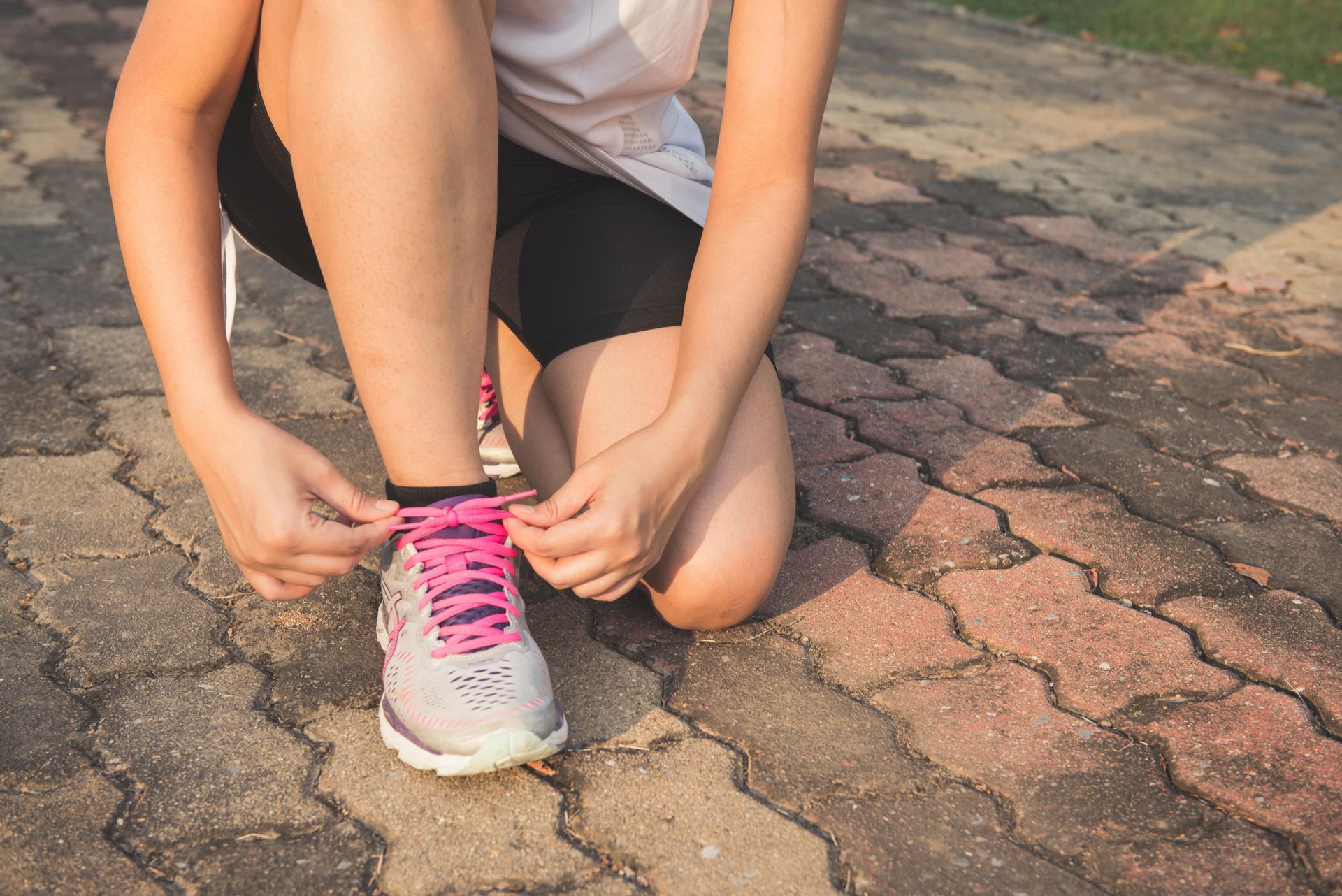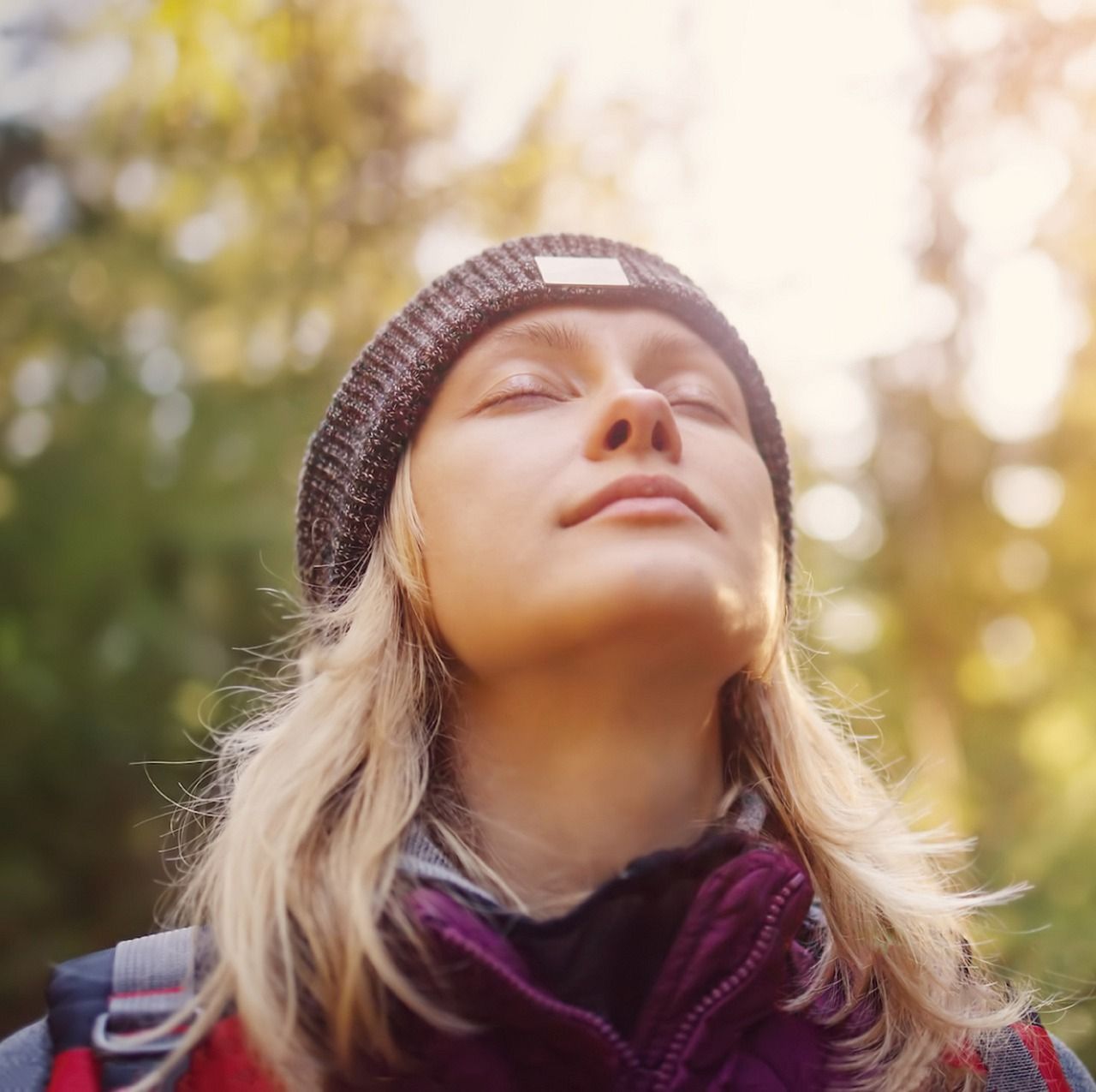How To Deal With Seasonal Depression: Your Winter Wellness Guide
Season depression is real, and it sucks. As the days grow shorter and the temperature grows colder, you may find your mind to be an…unhappy place.
Seasonal depression, otherwise known as Seasonal Affective Disorder, has severe effects for 10 million Americans (3). Add on 10-20%, and you’ll get the number of people who suffer mildly from SAD. (3)
So, as we hunker down in these winter months, if you’re feeling not quite yourself, it may be time for you to learn some tips on how to deal with seasonal depression.
P.S. Even if you don’t have seasonal affective disorder, you’ll still learn new techniques to improve your mental health!
Okay, let’s learn how to deal with seasonal depression!

What IS Seasonal Depression?
Before we can learn how to deal with seasonal depression, first, we must understand what exactly it is.
While many people refer to it as seasonal depression, the actual psychiatric term is Seasonal Affective Disorder (SAD).
(In this post, SAD will be referred to as any of the following: SAD, seasonal affective disorder, or seasonal depression.)
SAD is a type of major depressive disorder that occurs seasonally, typically beginning in fall and disappearing around springtime. (Although there ARE cases of people’s SAD increasing in the spring and summer months.) People with Seasonal Affective Disorder have trouble regulating their serotonin during these months which leads to depressive symptoms. On top of regulating serotonin, many people who suffer from seasonal depression also produce MORE melatonin during these months which increases their levels of sleepiness (1).
Symptoms of Seasonal Affective Disorder
How To Deal With Seasonal Depression
Before we dive in, please note that seasonal affective disorder is a mental health DISORDER. Meaning, it will not go away completely. Instead, these tricks will help you regulate SAD.
Exercise
Our first trick to learning how to deal with seasonal depression is exercise. And no, you do not have to turn into a gym rat who runs 10 miles a day or goes to the gym every day. (Although, you can if you want!)
Increasing your exercise has over and over been linked to decreasing depressive symptoms. (5)(6)(7)
But what kind of exercise should you partake in? Anything that will get your heartrate up.
If you aren’t an exercise buff, try one of the following:
- A brisk 30 minute walk
- A swim in your gym or neighborhood pool
- Just one class at your local gym
- Jump on the elliptical for 30 minutes
Just do SOMETHING to get your heart rate up.
Start with twice a week. Soon, you may want to add in a third day!

Eat Better
Our next tip on how to deal with seasonal depression is nutrition. Even if you’re a healthy person, did you know Americans eat MORE in the winter? CARBS specifically. (4)
Did you know mental health and diet are closely related? (8) Cleaning up your diet does WONDERS for depressive symptoms. (8)
But where should you begin?
Try some of the following:
- Eat out LESS
- Eat LESS processed sugar
- Eat MORE protein
- Cut out snacking OR make sure you’re snacking on HEALTHY food.
Just start small. For example, if you tend to eat out 4-5 times a week, commit to eating out just 2 times a week.
You see, in learning how to deal with seasonal depression and nutrition, cleaning up your diet just a small amount will take you miles.

Stay Social
As your depressive symptoms increase, your desire to be social most likely decreases, and that’s normal.
But if you want to really learn how to deal with seasonal depression, one difficult task is to force yourself to stay social. And NO, this doesn’t mean you’ve got to be partying every night. It only means, try to do something social at least once or twice a week.
Humans were
made for community and relationships.
But this doesn’t mean you’ve got to be a social butterfly.
All you’ve got to do is reach out to your closest people and stay connected.

Try Mindfulness or Meditation
When learning how to deal with seasonal depression, did you know mindfulness and other meditation techniques could help?
Mindfulness is, in the simplest of terms, living in the present moment. (10) Mindfulness meditation techniques help you learn to stay present.
When mindfulness is used, a person’s depressive (and anxiety) symptoms tend to decrease. (9)(11)(12)
But how do you learn mindfulness?
There are many resources online that teach the basic concepts of mindfulness. From apps to youtube to tikotok to Google and more, learning mindfulness in 2024 is as easy as using your phone!
So if you want to get ahead in how to deal with seasonal depression, just search “mindfulness techniques” OR try ANY type of meditation.

Get In The Sun
Did you know Low vitamin D is linked to depression? (13) No wonder seasonal depression is a thing! We aren’t out in the sun nearly as much.
If you really want to know how to deal with seasonal depression, one of the best ways is to be in the sun.
I know, I know; it’s cold. But could you keep your curtains open and sit in a sunspot? On days it’s not completely freezing, could you go for a walk outside?
Do whatever you can to get in the sun.
OR take vitamin D tablets everyday.

Try Therapy
And of course, therapy is ALWAYS an option in treating seasonal affective disorder. If you find yourself dealing with seasonal affective disorder OR any other kind of mental health issues, reach out to us here and we will match you with one of our phenomenal therapists that is experienced in YOUR specific needs.
Especially when learning how to deal with seasonal depression, finding the right therapist for you is crucial.
References
- Melrose S. Seasonal Affective Disorder: An Overview of Assessment and Treatment Approaches. Depress Res Treat. 2015;2015:178564. doi: 10.1155/2015/178564. Epub 2015 Nov 25. PMID: 26688752; PMCID: PMC4673349.
- “Seasonal Affective Disorder.” Johns Hopkins Medicine, https://www.hopkinsmedicine.org/health/conditions-and-diseases/seasonal-affective-disorder. Accessed 12 February 2024.
- “Seasonal Affective Disorder.” Psychology Today, 28 February 2022, https://www.psychologytoday.com/us/conditions/seasonal-affective-disorder. Accessed 13 February 2024.
- Byrne, Christine. “Why Do You Feel Hungrier When It's Cold Out? Here's What a Dietitian Has to Say.” EatingWell, 4 April 2022, https://www.eatingwell.com/article/7959323/why-you-feel-hungrier-when-its-cold-out/. Accessed 13 February 2024.
- McCann, I. Lisa, and David S. Holmes. "Influence of aerobic exercise on depression." Journal of personality and social psychology 46.5 (1984): 1142.
- Mead, Gillian E., et al. "Exercise for depression." Cochrane database of systematic reviews 4 (2008).
- Cooney GM, Dwan K, Greig CA, Lawlor DA, Rimer J, Waugh FR, McMurdo M, Mead GE. Exercise for depression. Cochrane Database Syst Rev. 2013 Sep 12;2013(9):CD004366. doi: 10.1002/14651858.CD004366.pub6. PMID: 24026850; PMCID: PMC9721454.
- Gülseren Nur Ekinci, Nevin Sanlier, The relationship between nutrition and depression in the life process: A mini-review,Experimental Gerontology, Volume 172, 2023, 112072, ISSN 0531-5565, https://doi.org/10.1016/j.exger.2022.112072. (https://www.sciencedirect.com/science/article/pii/S0531556522003813)
- Williams, J. Mark G. "Mindfulness, depression and modes of mind." Cognitive therapy and research 32 (2008): 721-733.
- “Mindfulness Definition: What Is Mindfulness?” Youmatter, 6 February 2020, https://youmatter.world/en/definition/what-is-mindfulness-definition/. Accessed 13 February 2024.
- Hofmann, Stefan G., et al. "The effect of mindfulness-based therapy on anxiety and depression: A meta-analytic review." Journal of consulting and clinical psychology 78.2 (2010): 169.
- Strohmaier, Sarah, Fergal W. Jones, and James E. Cane. "Effects of length of mindfulness practice on mindfulness, depression, anxiety, and stress: A randomized controlled experiment." Mindfulness 12 (2021): 198-214.
- Anglin, Rebecca ES, et al. "Vitamin D deficiency and depression in adults: systematic review and meta-analysis." The British journal of psychiatry 202.2 (2013): 100-107.
New Paragraph










